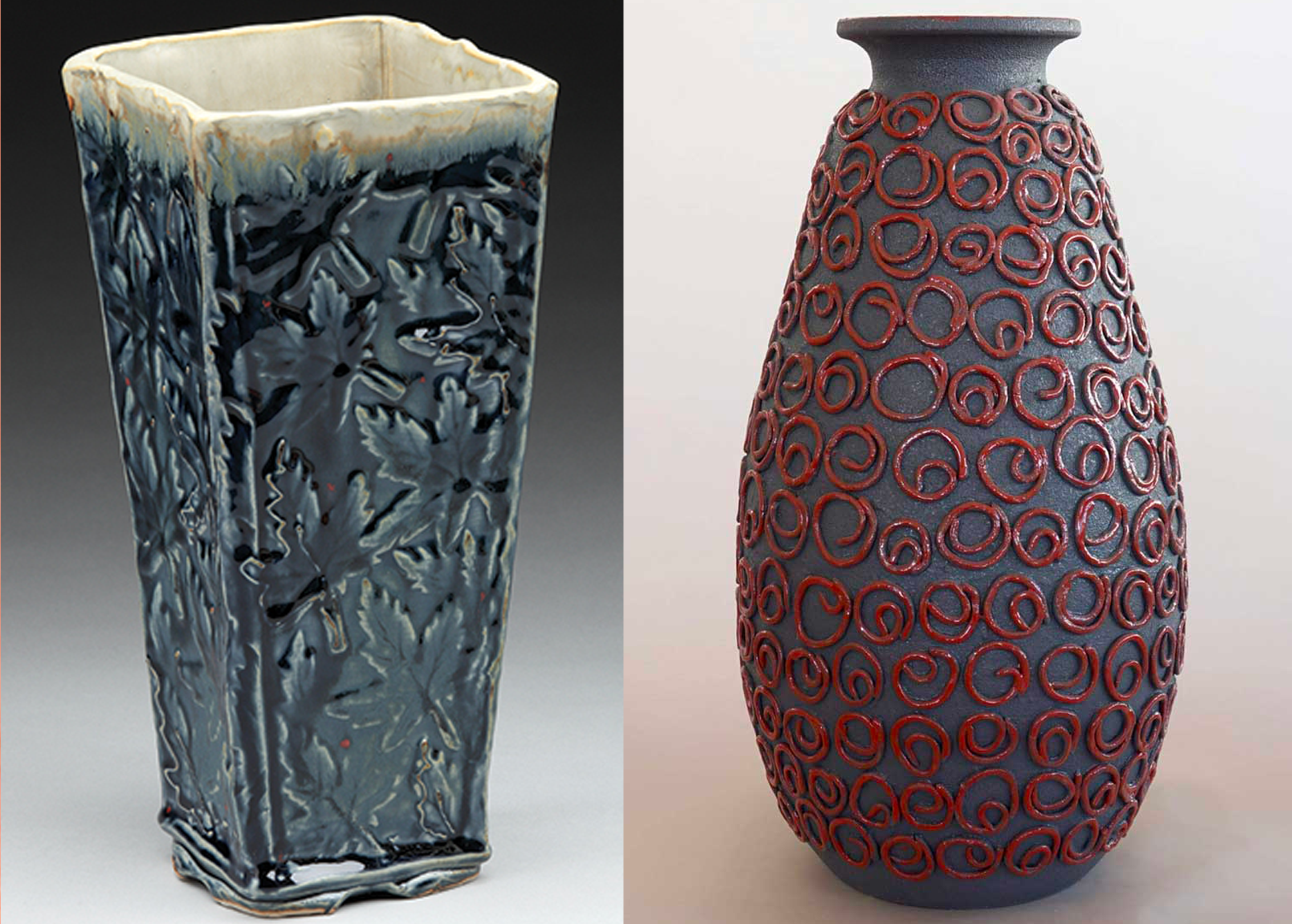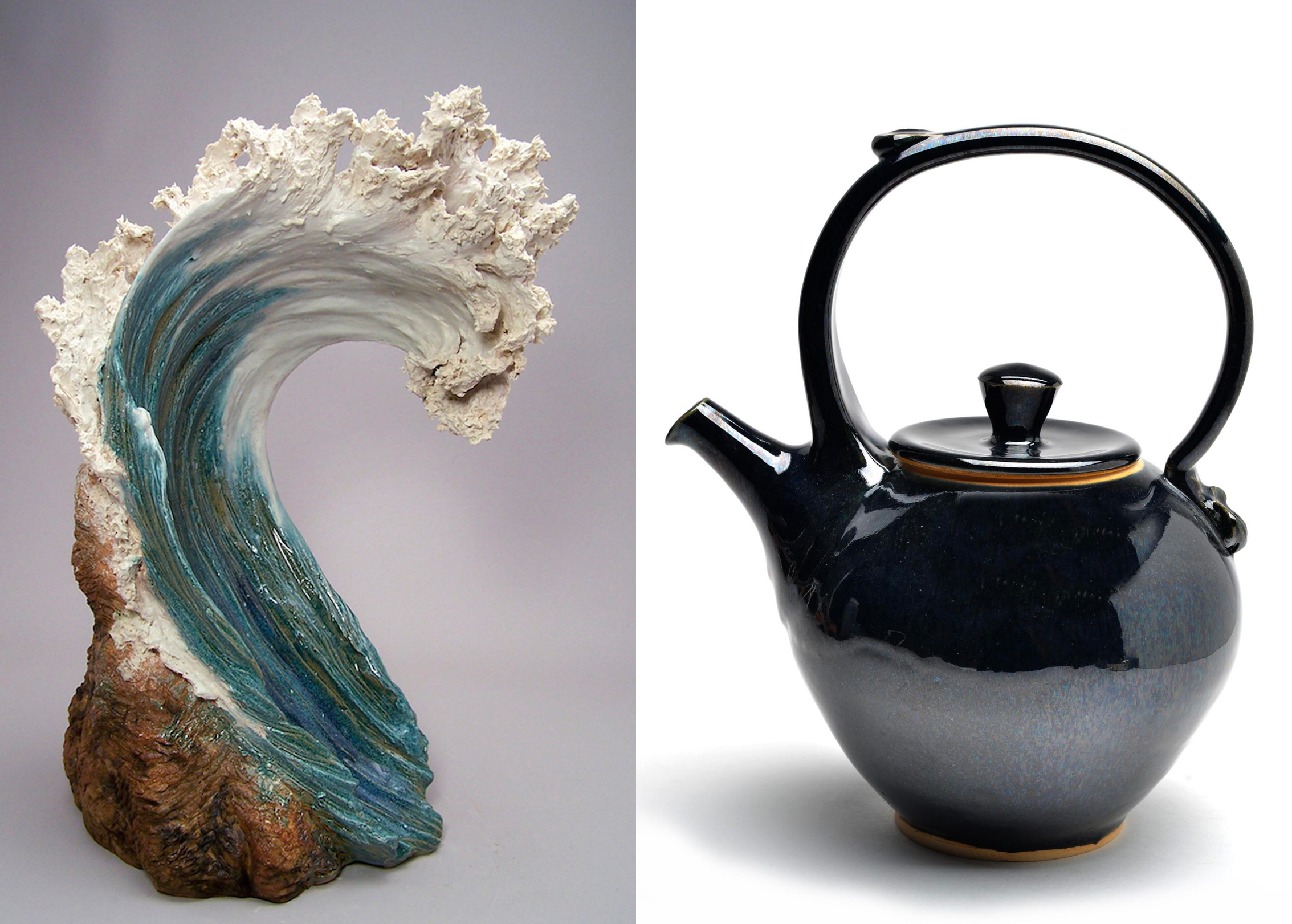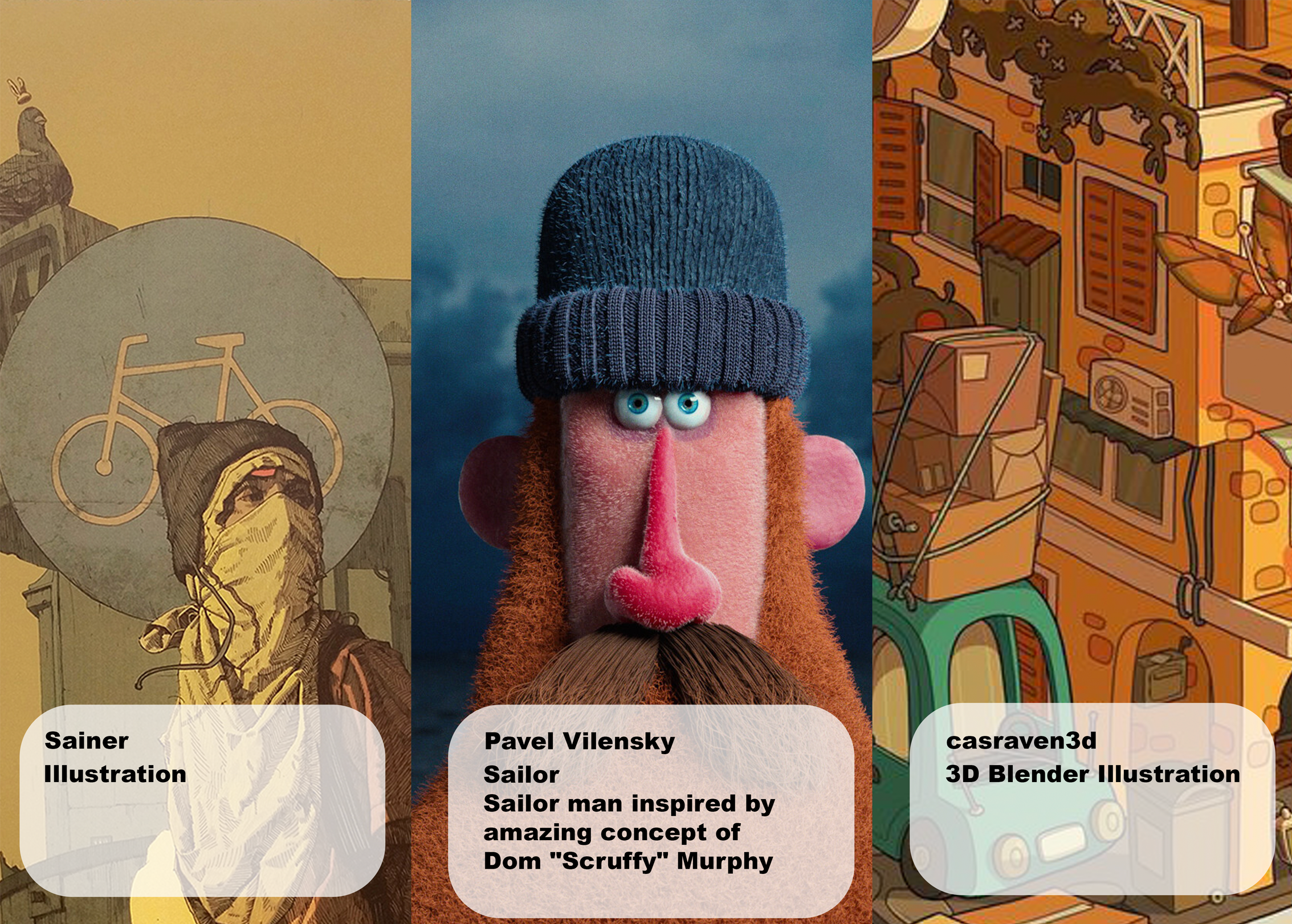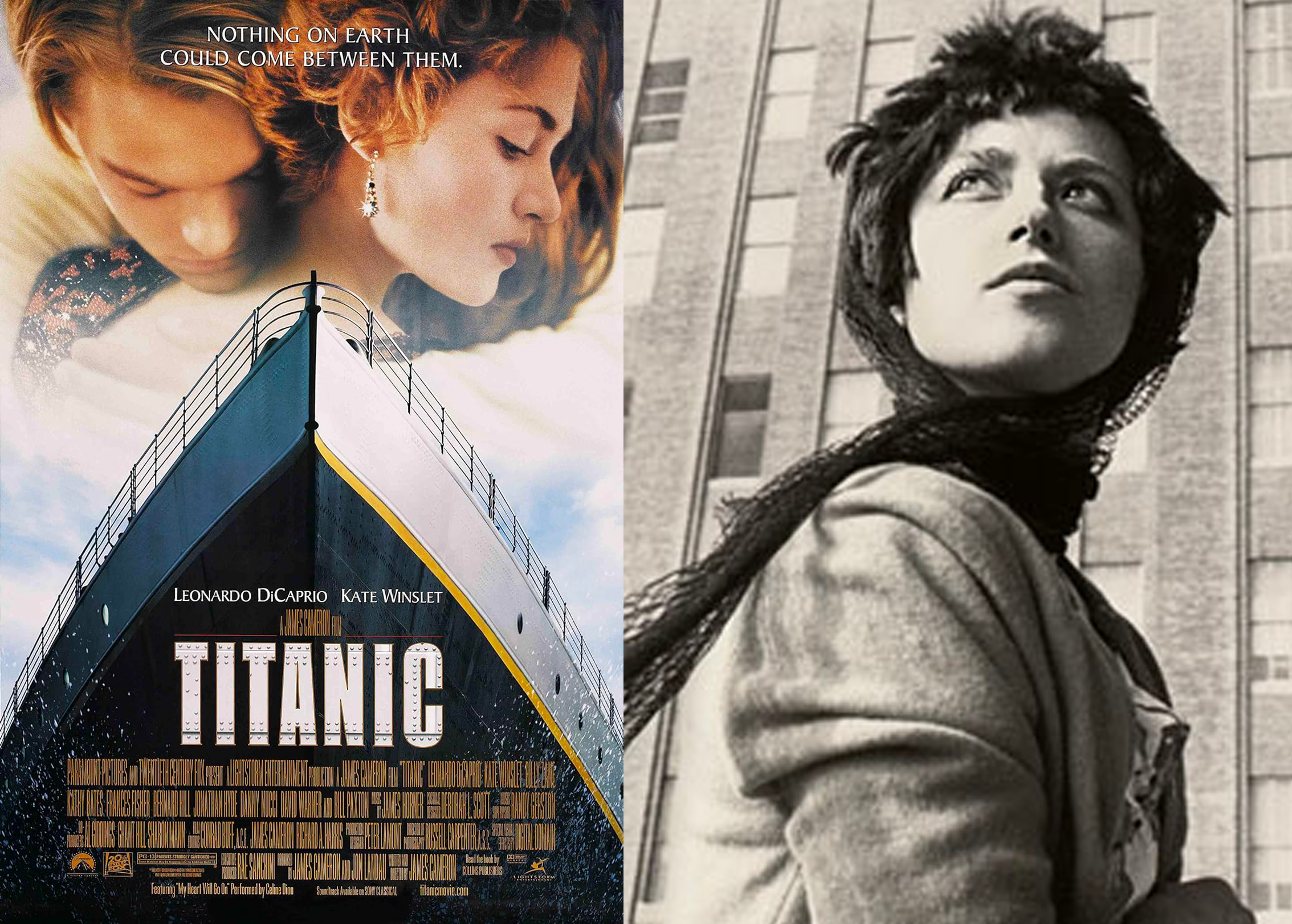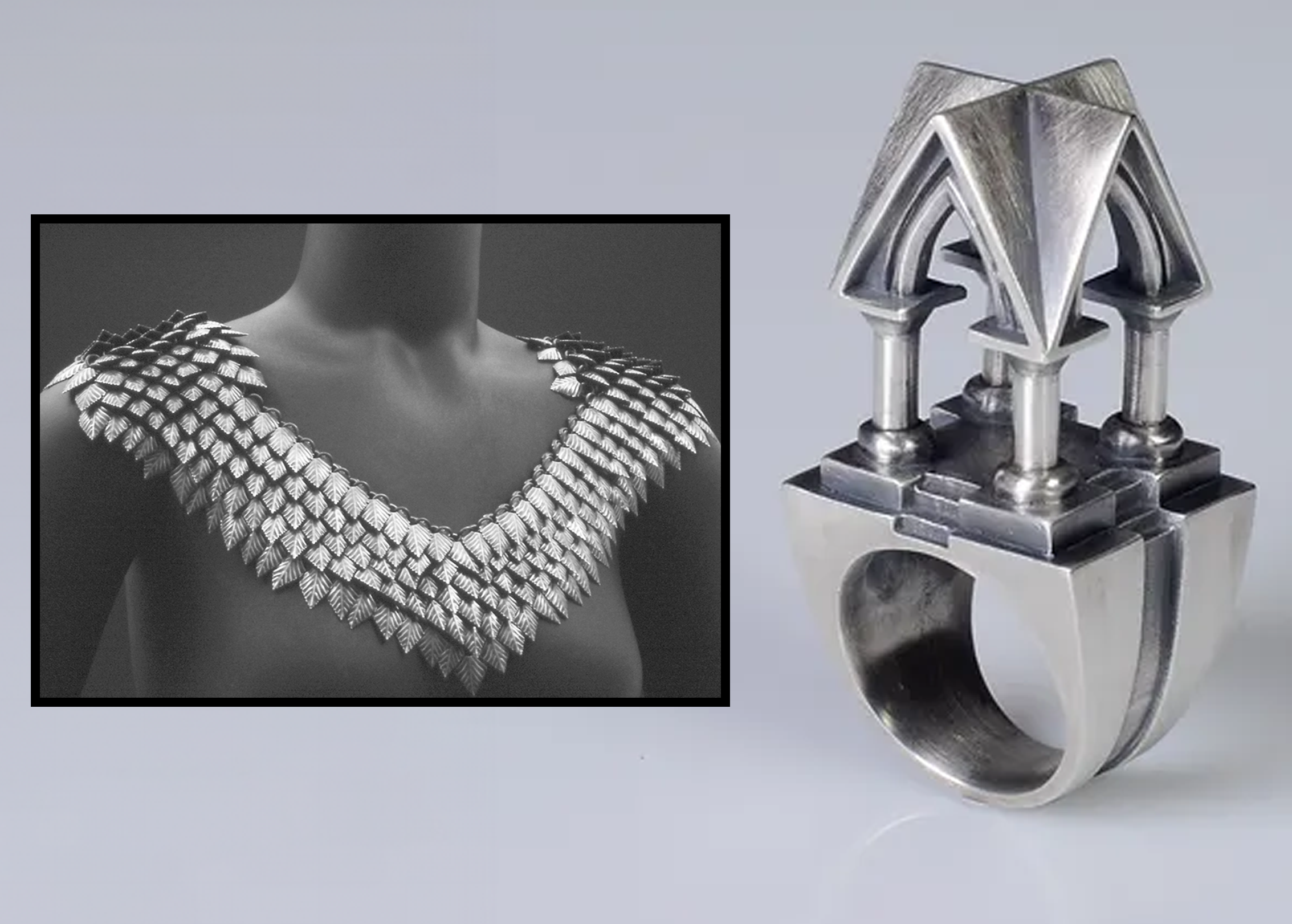
COURSE DESCRIPTIONS
9th GRADE ART H
1 Year - 1.0 Credits
Grade: 9
This year-long, rigorous Honors course introduces ninth-graders to a variety of materials used in both two-dimensional and three-dimensional pieces. Over the course of the year, students draw, paint, sculpt, and utilize digital technologies to begin developing their portfolios. Successful completion of this course will prepare students for additional years of Art Honors course work.
ART 1 H
1 Year - 1.0
Grade: 10, 11, 12
Observation is key to understanding the world around us. Students taking Art 1H will work through drawing exercises which facilitate greater visual awareness while developing rendering skills. A variety of drawing media and materials, including traditional and digital, are used to build confidence in making images and creating a portfolio that reflects the student’s growth, skills, and artistic voice. Studio practices will also be a focus where students understand how to develop and maintain proper workspaces.
ART 2 H
1 Year - 1.0 Credits
Grade: 11, 12
Prerequisite: It is recommended that interested students successfully complete Art 1 H. This course builds on the importance of observation from Art 1H, adding COLOR into the student vocabulary. Students taking Art 2H will work through drawing and painting exercises which heighten awareness and continue to develop artistic techniques and voice. A variety of color media, including traditional and digital, are used in making images and establishing a body of work that demonstrates student understanding and progress. Completion of this course will prepare students for Art 3H or AP Art & Design/AP Drawing senior course work..
ART 3 H
1 Year - 1.0 Credit
Grade 12
Prerequisite: It is recommended that interested students successfully complete Art 2 H. This course focuses on conceptual thinking and technical mastery through portfolio development and completion. The course begins with a concentration in oil painting, but students use various mixed media, including drawing, painting, and portfolio completion. The course also encompasses printmaking, bookbinding, sculpture, mixed media, and digital media. In the second semester, students make a proposal that outlines an independent theme of art production. All students keep a personal sketchbook/research journal..
ART HISTORY
1 Semester - 0.5 Credit
Grade: 9, 10, 11, 12
Untitled (Two on Gold), 1982 Acrylic and oilstick on canvas, Jean-Michel Basquiat
The history of our world is chronicled by the art and crafts of past cultures. They are the concrete evidence of the life and societies of the past. This course is designed to enlighten students about the arts of past and present cultures and how these cultures impact us today. Students will study images, artists, materials, aesthetics and criticism. They will take field trips, view films and do research. While this is mostly an academic course, there will also be hands-on activities.
ART AND MODERN CULTURE
1 Semester - 0.5 Credits
GRADE: 10, 11, 12
The Simpsons
This one-semester elective investigates our various cultural identities as Americans through the lens of creativity. The course will analyze TV, movies, fashion, video games, magazines, billboards, web pages, and public art and how that develops our visual culture. In this class, students will explore and investigate cultural identifiers using visual images and have the opportunity to produce graphic artwork. No art background is necessary for this course.
ART 1 STUDIO (MakerSpace & Product Design)
1 Semester - 0.5 Credit
Grade: 9,10,11,12
In this introductory art course, students draw, paint, learn color theory, sculpt, and discover 2-D and 3-D design. Students will engage in creative art-making skills to further expand their creative confidence. The purchase of a sketchbook is recommended for this course.
ART 2 STUDIO (MakerSpace & Product Design)
1 Year - 1.0 Credit
Grade: 10,11,12
Art 2 Studio is intended for students who wish to further develop and expand their creative talents. Students enjoy the opportunity to pursue areas of interest. All media are available for students’ creative expression.
ART 3 STUDIO (MakerSpace & Product Design)
1 Year - 1.0 Credit
Grade: 11,12
As a culmination of the work begun in Art 1 Studio and Art 2 Studio, this course presents students with the opportunity to explore areas of artistic interest, develop ideas independently, and experiment in various media or specialize in the medium of their choice.
CERAMICS 1
1 Semester - 0.5 Credit
Grade: 9,10,11,12
Pinch Pot Example, Slab Construction Example
In this course, students work with clay to create functional and sculptural pieces. Hand-building techniques including pinch, coil, and slab are taught. Students design, decorate, glaze and fire their work for permanency.
CERAMICS 2
1 Semester - 0.5 Credit
Grade: 9,10,11,12
Ceramic Mug, Coil Pot Construction
In Ceramics 2, students gain experience in using the potter’s wheel and create more advanced hand-built projects. Students also gain a greater understanding of aesthetic qualities in ceramics and an appreciation of contemporary and historical ceramics.
ADVANCED CERAMICS 3 H
1 Year - 1.0 Credit
Grade: 10, 11,12
In Advanced Ceramics 3 H, students design and create complicated clay works. Students have the opportunity to concentrate on or explore a combination of potter’s wheel techniques, advanced glazing and advanced conceptual hand building assignments. In addition, students gain a greater understanding of aesthetic qualities in ceramics, an appreciation of contemporary and historical ceramics artists, and will begin to develop their own artistic voice.
ADVANCED CERAMICS 4 H
1 Year - 1.0 Credit
Grade: 11,12
In this advanced course, students continue to develop and advance their ceramic skills within their chosen concentrations while developing a portfolio of ceramic work.
ADVANCED CERAMICS 5 H
1 Year - 1.0 Credit
Grade: 12
In this course, students continue to develop and advance their ceramic skills within their chosen concentrations while developing a portfolio of advanced ceramic work..
COMMUNICATION DESIGN 1
1 Semester - 0.5 Credit
Grade: 9, 10, 11,12
Various Logos, Spiderverse
Students explore a variety of digital media and artistic concepts, while being introduced to the process of design thinking and creative problem solving. Investigations in graphic design, illustration, motion graphics, multimedia, and interactive design allow students to build an understanding of the essential elements of visual design, and how those have an impact on their imagery. No prior experience with digital platforms is needed but students should be open to working on the computer daily. Supported Software: Adobe Creative Cloud (Photoshop, Illustrator, etc), Sketchbook Pro, and more.
COMMUNICATION DESIGN 2
1 Semester - 0.5 Credit
Grade: 9, 10, 11,12
Kim Jung Gi on Wacom Cintiq, Goro Fujita Illustration
In this course, students continue their creative exploration of Communication Design by building on the technical and visual design skills introduced in Level 1. Students explore advancing concepts and creative challenges, with a greater focus on the successful communication of intended meaning and message.
ADVANCED COMMUNICATION DESIGN 3 H
1 Year - 1.0 Credit
Grade: 10,11,12
Sainer, Pavel Vilensky, casraven3d
Students continue their study of Communication Design with the development of visual style and technique. Students begin to work collaboratively to design more complex communication across multiple platforms with a focus on addressing real-world challenges. More of an emphasis is placed on the design thinking and problem-solving skills of ideation, prototyping, and testing the success of their communication.
ADVANCED COMMUNICATION DESIGN 4 H
1 Year - 1.0 Credit
Grade: 11,12
Nikolai Lockersten: Walk The Dog, Jay Roeder: World on Fire
At the advanced level of Communication Design students should have a strong technical and conceptual foundation that will enable them to create authentic and impactful designs and messages. Students use design thinking to develop and refine their work through a sequence of unique critiquecentric and technical seminars. Student-driven projects create a unique point of view, engaging collaborative work, and individualized portfolios.
ADVANCED COMMUNICATION DESIGN 5 H
1 Year - 1.0 Credit
Grade: 12
Marco Bucci: Owls 2, Rashoo Moon: Isometrics
At the advanced level of Communication Design students should have a strong technical and conceptual foundation that will enable them to create authentic and impactful designs and messages. Students use design thinking to develop and refine their work through a sequence of unique critiquecentric and technical seminars. Student-driven projects create a unique point of view, engaging collaborative work, and individualized portfolios.
FILM & PHOTOGRAPHY 1
1 Semester - 0.5 Credit
Grade: 9, 10, 11, 12
Aaron Brimhall: LA Bike Life, Example of Student Film
This course introduces students to seeing and capturing their world through the art of film and photography. Students will develop creative thinking skills while learning to design artwork, produce digital photographs and films, and respond reflectively to their artmaking experiences. Leveraging the current technology used by practicing artists, students will capture imagery using a variety of camera types, including mobile phones, and edit using the Adobe CC software and apps.
FILM & PHOTOGRAPHY 2
1 Semester - 0.5 Credit
Grade: 9, 10, 11, 12
Everything Everywhere All At Once: On Set, Vivian Maier: Self Portrait
In this course, students continue to develop and advance their filmmaking and photography skills. Photoshop, Lightroom, and other Adobe software are further explored as integral parts of furthering student work and portfolio development.
ADVANCED FILM & PHOTOGRAPHY 3 H
1 Year - 1.0 Credit
Grade: 10, 11, 12
Nick Fancher: Rapper SSSKobe, Barbie The Movie
In this course, students expand their understanding of the technical and aesthetic investigations of film or photography through an advanced curriculum that includes: artistic production, digital and visual literacy, discussions, and critiques. Photoshop and other Adobe software are explored as integral parts of furthering students’ work and portfolio development. By the end of the course, students will have developed a portfolio of photographs or films and an artist’s statement.
ADVANCED FILM & PHOTOGRAPHY 4 H
1 Year - 1.0 Credit
Grade: 11, 12
Titanic, Cindy Sherman: Appropriation and the Archive
In this course, students discover the varied ways in which photographers/ filmmakers can approach and interpret their own ideas, messages and stories through photographic/film imagery through photographic/film and writing assignments. Students entering the Advanced Program should have a strong technical and conceptual foundation and will define a body of work on which they plan to focus. Students work in digital software programs including the Adobe Suite. Students develop and refine their work through a sequence of unique critique-centric and technical seminars while benefitting from the mentorship of a faculty advisor; studio workshops focused on digital literacy aid students in more advanced editing and digital manipulation. The Advanced Program emphasizes the role of critique in the creative process; students are actively pushed to challenge and expand their established relationship with photography.
ADVANCED FILM & PHOTOGRAPHY 5 H
1 Year - 1.0 Credit
Grade: 12
Gerald Cyrus: Kasheed, Jaws
In this course, students discover the varied ways in which the photographer/filmmaker can approach and interpret their own ideas, messages and stories through photographic/film imagery through photographic/film and writing assignments. Students entering the Advanced Program should have a strong technical and conceptual foundation and define a body of work on which they plan to focus. Students develop and refine their work through a sequence of unique critique-centric and technical seminars while benefitting from the mentorship of a faculty advisor; studio workshops focused on digital literacy will aid students in more advanced editing and digital manipulation. The Advanced Program emphasizes the role of critique in the creative process; students are actively pushed to challenge and expand their established relationship with photography with the simultaneous support of the community. The program culminates in a student exhibition.
METALS 1
1 Semester - 0.5 Credit
Grade: 9, 10, 11, 12
Basic metalworking and jewelry-making techniques are covered in this introductory course. Working with a variety of metals including copper, nickel, silver, and brass, students learn how to craft small metal objects and wearable art. Possibilities range from sculptures and mobiles to bracelets, neckpieces, earrings, rings, and anklets. Techniques introduced are sawing, soldering, riveting and various finishing techniques. This course introduces students to incorporating their artistic personal voice in their artmaking.
METALS 2
1 Semester - 0.5 Credit
Grade: 9, 10, 11, 12
This course is a continuation of skill building from Metal Arts 1. In this course, students improve their basic metalworking and jewelry-making techniques by working with a variety of metals including copper, nickel, silver, and brass to craft small metal objects and wearable art. Possibilities range from containers and mobiles to bracelets, neckpieces, earrings, rings, and anklets. Techniques include sawing, semi-independent torchwork and soldering, riveting, stone setting, and inlay. At this level students will continue to develop their artistic voice in their artmaking.
ADVANCED METALS 3 H
1 Year - 1.0 Credit
Grade: 10, 11, 12
This course teaches advanced Metal Arts skills. Advanced stone setting, hollow forms, hinge making, chain mail, casting, are examples of techniques introduced. Projects are assigned that involve more complicated soldering techniques, independent torchwork and more advanced design approaches. In addition to metal, the exploration of alternative materials is encouraged, i.e., wood, plastic, glass. At this level, students will continue to develop their artistic voice and work more conceptually
ADVANCED METALS 4 H
1 Year - 1.0 Credit
Grade: 11, 12
ZAt this level, students continue to advance their metalworking skills through artmaking challenges that encourage students to create personal artworks. Students choose the advanced skills they work with and are encouraged to explore new ideas and techniques. Students are expected to research, experiment, and produce high quality work while developing a portfolio of Metal Arts work.
ADVANCED METALS 5 H
1 Year - 1.0 Credit
Grade: 12
At this level students continue to advance their skills within their chosen metals concentrations while developing a portfolio of advanced metal arts work. Students choose the advanced skills they work with and are encouraged to explore new ideas and techniques. Students are expected to research, experiment, and produce high quality work while developing a portfolio of metal arts work.
AP STUDIO ART: Drawing / 2D Art and Design
1 Year - 1.0 Credit
Grade: 11, 12
The AP 2-D Art and Design course is an inquiry-based approach to learning about and making art. Students create a 2-D Art portfolio that demonstrates investigation of individually chosen ideas and concepts. Portfolios include works of art, process documentation, and written information about the work presented. Based on the body of artwork they create throughout the year, students choose to submit their work for evaluation in May as either an AP 2-D Art and Design portfolio (drawings, paintings, graphic designs, photography, collages, printmaking, etc.)-OR- an AP Drawing portfolio (drawings and paintings primarily focused on mark making). All students submitting portfolios for evaluation have the potential to earn college credit.
AP 3-D ART AND DESIGN
1 Year - 1.0 Credit
Grade: 11, 12
STUDENT EXAMPLES from the College Board
The AP 3-D Art and Design course is an inquiry-based approach to learning about and making art and design. Students create a three-dimensional portfolio (such as metal arts, ceramics, sculpture, etc.) that demonstrates investigation of individually chosen ideas and concepts. Portfolios include works of art, process documentation, and written information about the work presented. In May, students submit portfolios for evaluation that allow students to earn college credit.












